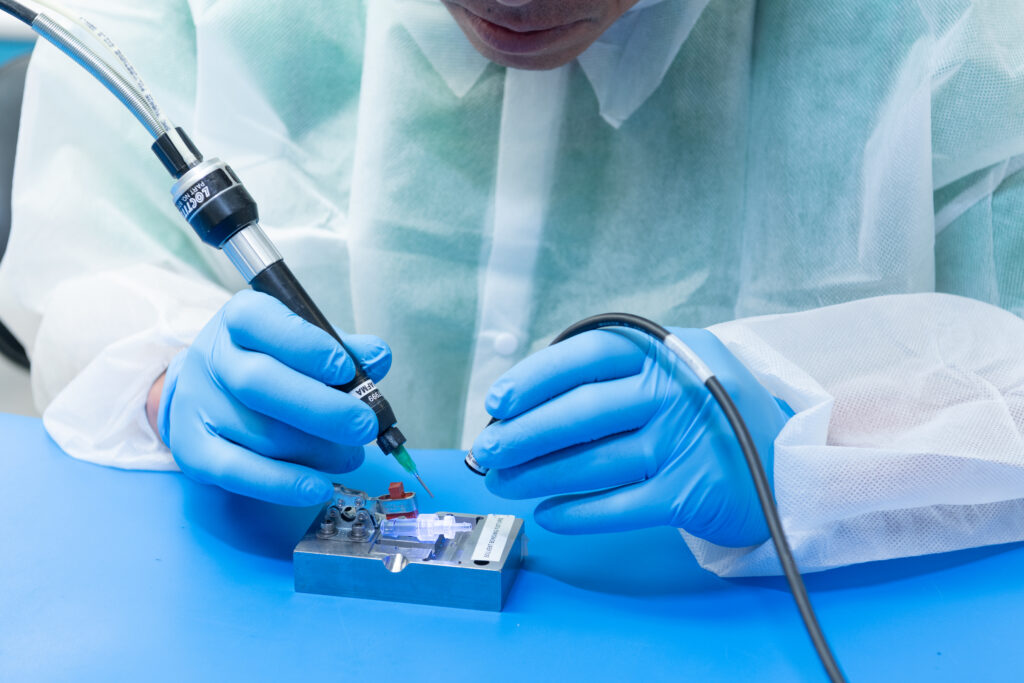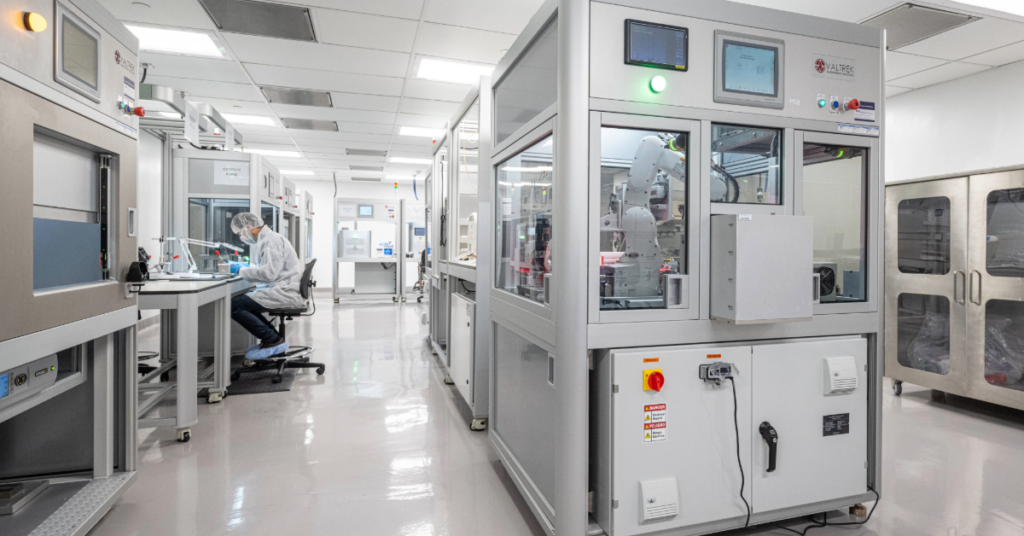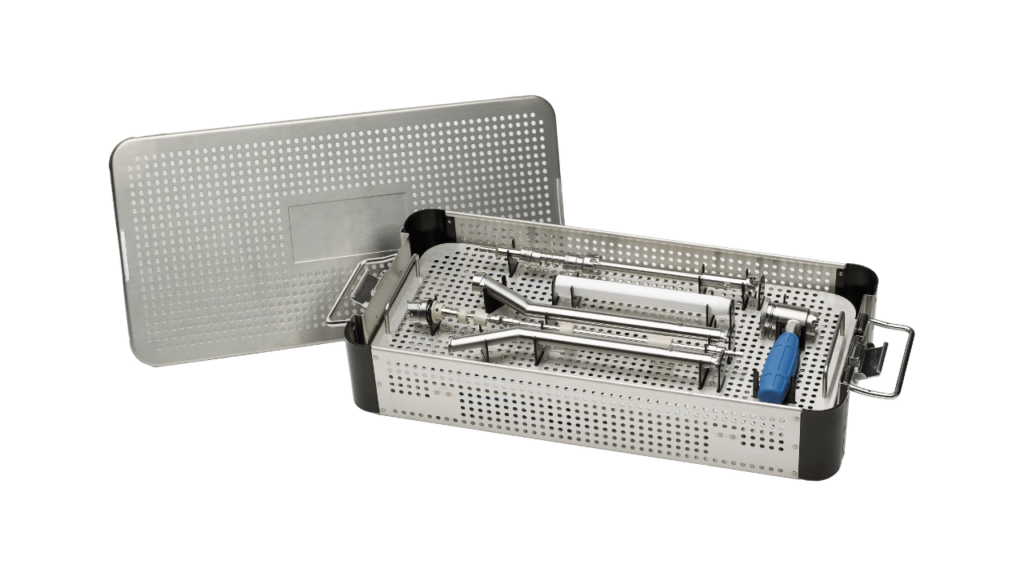By Sean Fenske
This article originally appeared in Medical Product Outsourcing Magazine.
Once again, I find myself wandering the many halls of the Medica and CompaMed trade events. Between checking out the latest and greatest from the medtech elite, discovering new firms displaying their first products at the show, or catching up with those I’ve met before, I took a moment to reach out to representatives at several companies exhibiting at the medical device gathering this year. Hopefully, these questions provide useful information for anyone unable to meet with them at the event or those who are not headed to Germany this year. With that in mind, Alton Shader, CEO at Viant, shared the following insights to help you determine if the firm is a potential services partner for you in 2020 or beyond.
Sean Fenske: What technology or service are you emphasizing at Medica/CompaMed this year?
Alton Shader: We’re highlighting Viant’s end-to-end capabilities, from design and development through to manufacturing, assembly, and packaging. This depth and breadth of solutions can help our customers expand their product offerings, optimize their supply chains, and improve quality while managing costs on a global scale.
We’re also highlighting our expanded front-end capabilities in design and development (D&D) and design for manufacturing (DFM). For example, we recently acquired a Silicon Valley-based company that bolsters our D&D strength, brings deep expertise in bioelectronics and interventional devices, and adds an additional D&D facility. We expect these additional front-end capabilities will improve our customers’ cost position and lead time in getting products to market.
Fenske: What’s the most common challenge customers inquire about and how do you address it?
Shader: Customers are looking for a supply chain they can truly trust. They’re looking to de-risk their supply chain and consolidate to fewer, stronger partners. A critical component is suppliers who are reliable, have broad capabilities, and are financially sound, which reduces financial risk.
I also think customers are looking for partners who can collaborate to explore solutions with them, rather than the historical relationship of “here are the specifications, now deliver it at the lowest price.” Our customers want a partnership model rather than a supplier-only model. This collaborative approach is possible when you have a partner who is not specialized in just one area, but one that can handle a higher percentage of the bill of materials and help manage the supply chain with you. This is much more efficient than going to one company for one part, to another for another part, and to another for assembly, and so on.
Fenske: If you could give one piece of advice to companies seeking a manufacturing partner before they make a decision, what would it be?
Shader: Having a relationship with a supplier you can trust is critical. Be sure the company—specifically, the management team—shares the same beliefs around the importance of serving you as a customer. It’s really important to ensure you see eye-to-eye with the management team, that you believe in the culture they’ve created.
When you look into the eyes of your supplier’s leadership team, you need to know you can pick up the phone and call about any concern, that they care deeply about your project, and they care as much about the products they’re manufacturing for you as you do.
OEMs need suppliers who understand everything we do touches human lives. At Viant, our culture is completely focused on delivering for customers with the end patient in mind. Our team understands the products we manufacture, assemble, and ship for our customers could mean the difference between life or death for a patient. You need a supplier who understands that and takes it very seriously.
Fenske: What are the forces driving medical device manufacturers to seek your technology/services over doing it in-house?
Shader: More medical device OEMs understand their path to growth and success is through innovation—marketing and selling products that improve outcomes and/or lower the cost of care. We’re seeing a shift in OEMs dedicating more resources to product development, sales and marketing, and growing regulatory challenges, rather than to manufacturing.
We all know manufacturing requires significant capital. More OEMs are realizing that if a manufacturing partner can manufacture products just as effectively as they can, they can prioritize investment into areas that will truly differentiate their product portfolio and their company. Assuming the supplier has sophistication, broad capabilities, a quality-focused culture, and a fair price, who manufactures the product is less important.
Fenske: In what ways is your company able to aid in getting a product (project) to market faster?
Shader: The earlier we get involved in the design and development process, the more time we can save in getting the product to market. Our team of almost 100 dedicated design and development engineers can work with our customers to design products for optimal performance as well as optimal manufacturability. This means as soon as the design is set, we can move into manufacturing immediately. We also have a strong program management team that shepherds projects from concept to launch to ensure we’re meeting or exceeding our customers’ goals.
One thing that sets us apart is that we apply Lean principles across the product lifecycle to optimize product performance, cost, and speed to market. Our end-to-end capabilities can streamline the process, eliminate bottlenecks, and actually cut the cost of delivery compared with what our customers could do on their own. For example, leveraging Lean product development for a laparoscopic device project allowed us to beat the customer’s best-case scenario time for internal launch by 50 percent.
Viant is located at Medica/Compamed in Hall 8B, Booth/Stand G28-4.





